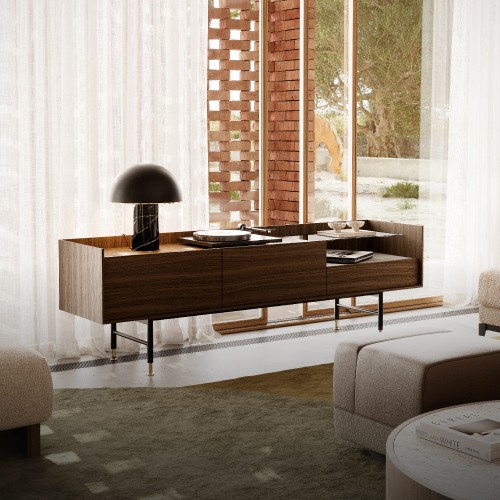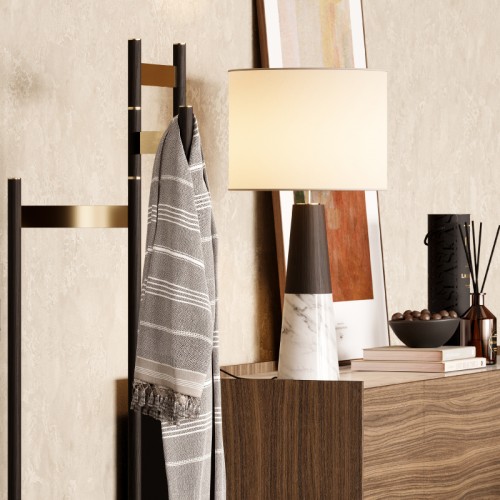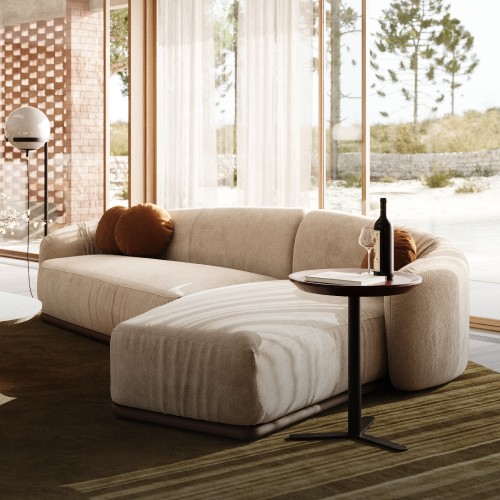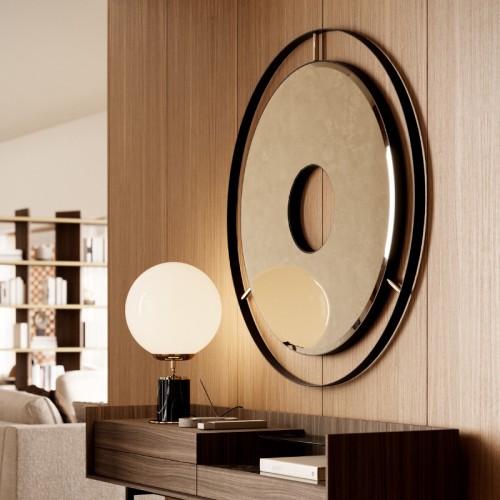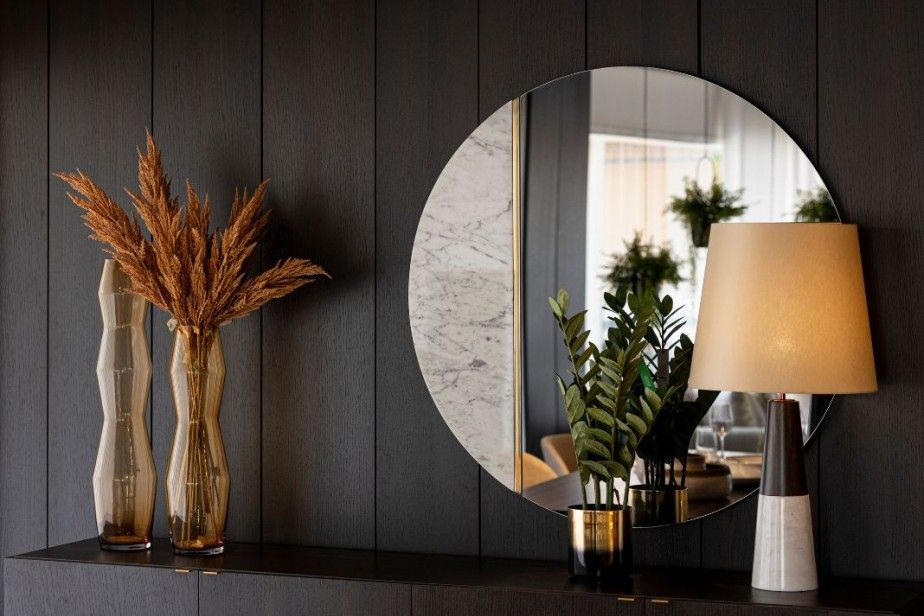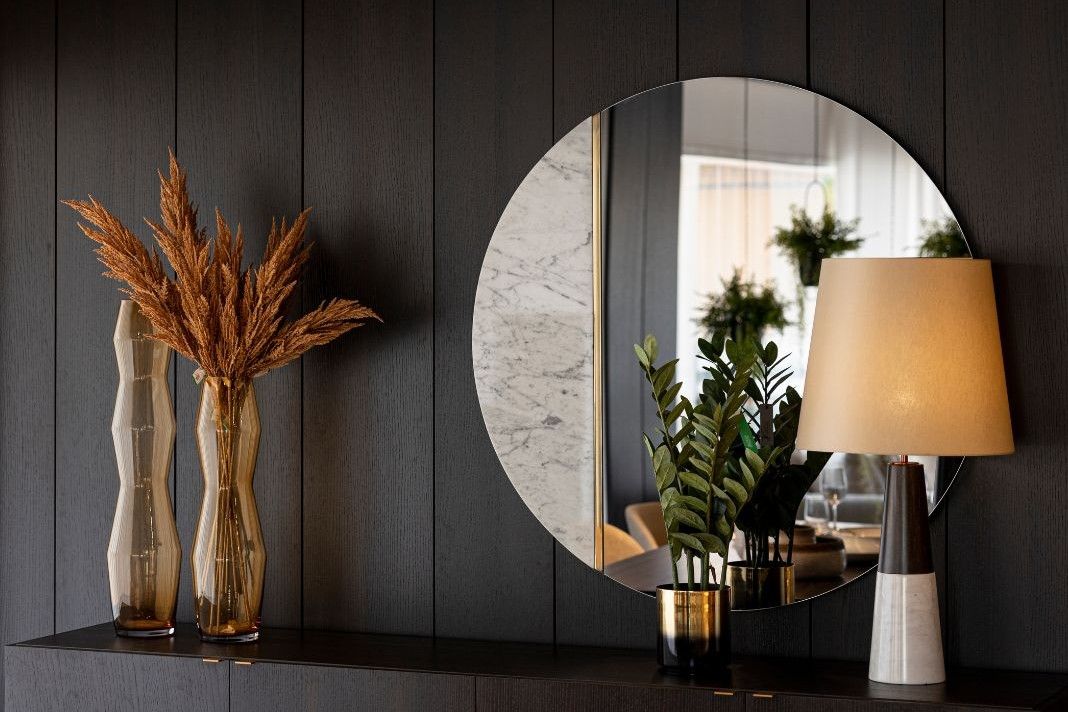If you are looking to introduce a bit of Zen philosophy or Asian interior design, it is necessary to understand the whole process in order to master it. In this article, we bring some inspirations and effective ways of implementation in future projects. From what to source, to what to celebrate, here’s everything to know.
What is Zen?
The term Zen is derived from the Japanese pronunciation of the Middle Chinese word 禪 (chán), an abbreviation of 禪那 (chánnà), which is a Chinese transliteration of the Sanskrit word ध्यान dhyāna ("meditation"). Zen emphasizes rigorous self-restraint, meditation practice, and insight into the nature of the mind.
Nowadays, the term Zen is used to describe a state of self-awareness of our place in the universe as well as being at peace with our thoughts.
What is Asian Zen Interior Design?
A sense of harmony, balance, tranquillity, and simplicity are highlighted in Asian Zen interior design. It is influenced by both the Zen philosophy and the value of incorporating nature into your décor, which is frequently found in Asian homes.
Asian Zen Interior Design have a few advantages that might be a huge selling point in your next pitch with your client.
- Incorporating this more minimalist style allows a clutter-free home
- You’ll feel relaxed and tranquil in what probably used to be a busier and messier setting
- Strong connection with nature
How to use Asian Zen Interior Design
1. Earthy Colours
Natural colors in gentle tones, such as white, grey, beige or pink beige, that have the ability to elicit a feeling of relaxation and peace are the foundation of zen-inspired design. The visual coherence between the walls, furnishings, and floors is crucial. In order to add contour to a monochrome room, you may always choose to combine a dominant colour with matching objects and textured textiles
Combine two complementary colors to generate variety, or experiment with your favorite color's dilutions.
2. Natural Fabrics
Another Zen way of celebrating your connection to nature is to choose natural textiles over impersonal synthetic options. By doing so, you'll also reinforce the cozy, light feeling they exude. Linoleum, cotton, leather and wool are some common Asian Zen materials that can be used in a variety of ways, from the biggest curtains to the smallest throw cushions.
3. Actual Natural Elements

Lovers of Asian Zen interior design are not particularly fond of plants with a lot of emphasis on odor and bright colors, but that doesn't mean they don't like indoor plants. They’re extremely important for this style thanks to their calming effect.
Bonsai trees, bamboo, snake grass, and dracaena plants are a few of the most popular species you can use to enhance this Zen atmosphere. Stones, pebbles and some water features can contribute to a feeling of relaxation, thus adding an even more prominent Zen feel to the entire project.
4. Natural Lighting
Forget about the brightest fluorescent overhead lights! Asian Zen interiors are all about celebrating natural sunlight and smaller sources of light.
Replace harsh fluorescent lighting with soothing, natural, or candlelight to create a truly peaceful environment. You may control the intensity and the areas to be lit by positioning various light sources. A floor lamp, a lamp set, and indirect light should always be combined to avoid projecting a strong direct light from the ceiling.
Wall-mounted reading lights are ideal for the bed area because, unlike bedside lamps, which are rarely adjustable, they may be positioned to highlight the appropriate location. Choosing some excellent (smelling) candles is an option if your target prefer diffused lighting.
Some typical Asian Zen Lighting:
5. Minimalist Furniture Design
Simple and uncluttered lines, which eliminate intricate detail and excessive adornment, define Zen style furniture. High-quality furniture should be composed of natural materials since they promote a feeling of coziness and relaxation.
To further reinforce this sense of balance, look for Japanese-style low-to-ground furniture, an immediate giveaway of Asian Zen interiors. It’ll help you maintain the room’s visual flow without interruptions.
